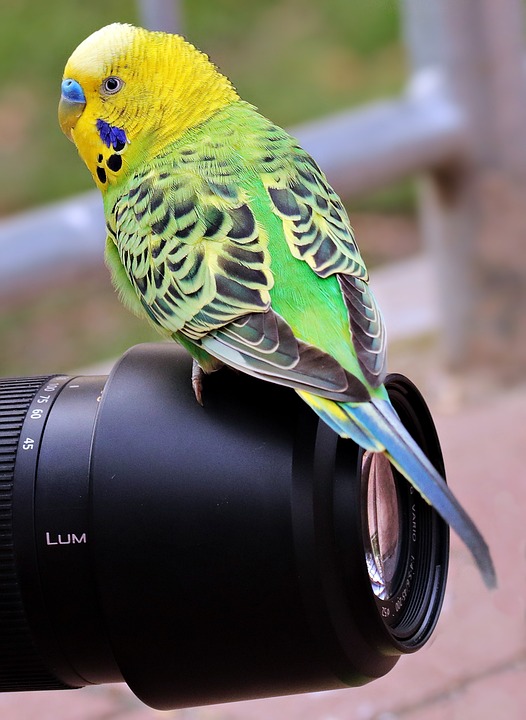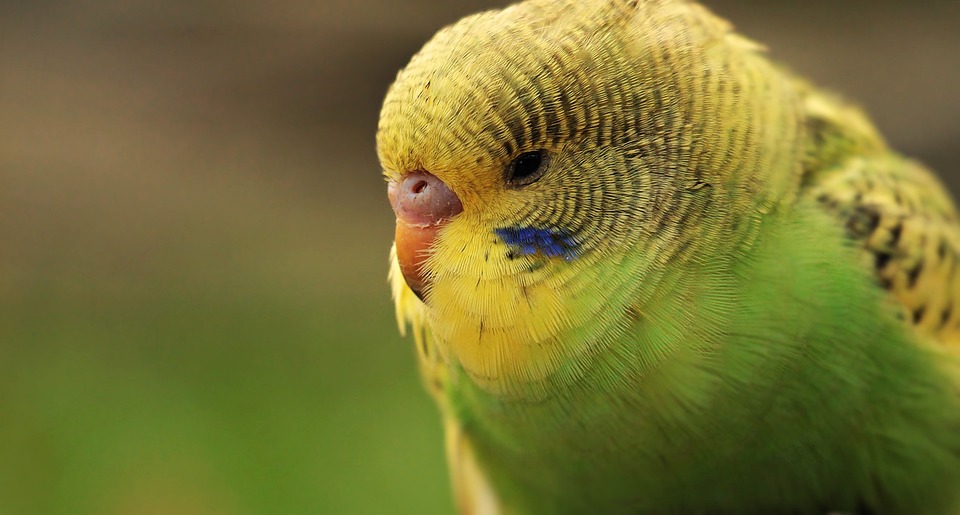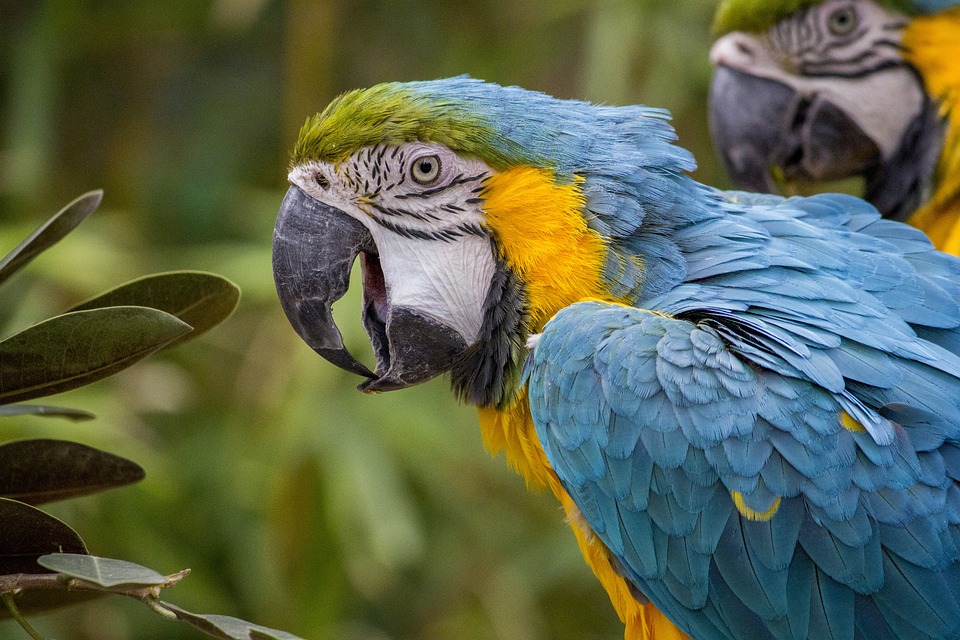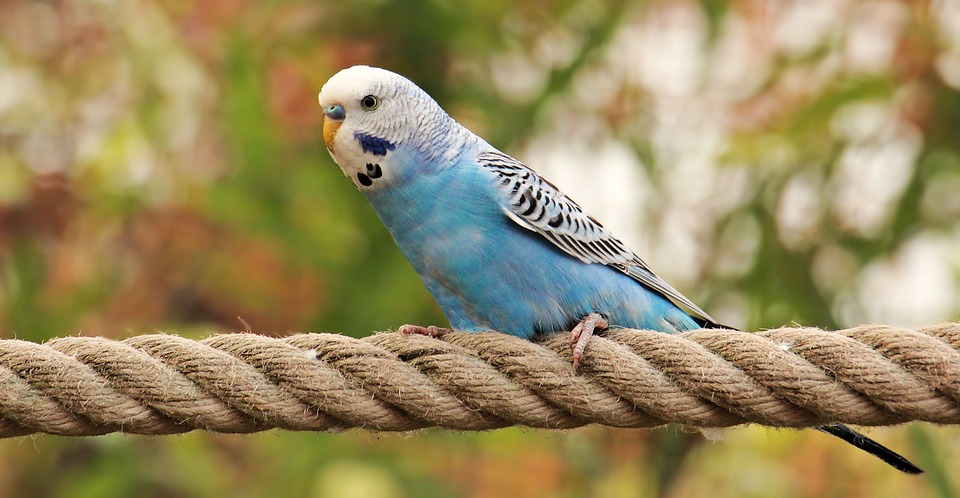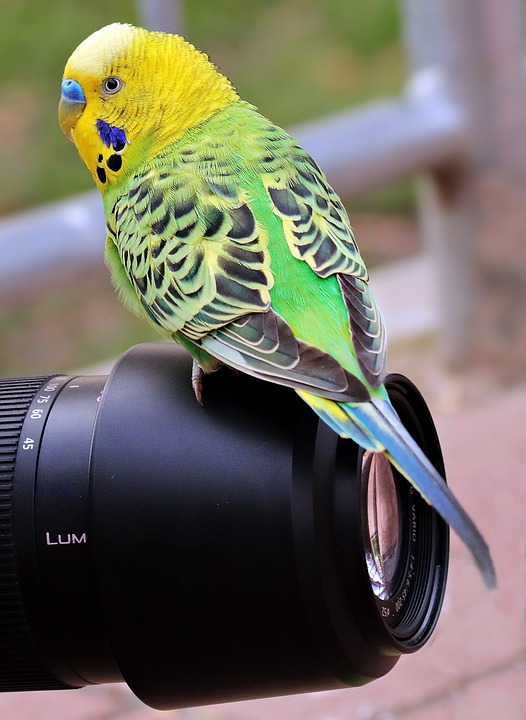Parrots are truly fascinating creatures with their vibrant feathers and remarkable ability to mimic human speech and household sounds. This unique behavior has captivated humans for centuries, and in this article, we will delve into the intriguing world of parrot behavior, focusing specifically on their incredible talent for mimicking household sounds. We will also address some frequently asked questions to help you better understand these fascinating creatures.
The science behind parrot mimicry is a fascinating subject. Researchers have been studying how parrots mimic sounds for years, unraveling the mystery behind this behavior. Through vocal learning, parrots are able to imitate sounds they hear in their environment. This ability is linked to the complexity of their brain, which has specific regions dedicated to vocalization and mimicry.
But why do parrots mimic household sounds in particular? There are several reasons for this behavior. Firstly, parrots are highly social creatures and mimicry plays a role in social interaction and bonding. By mimicking household sounds, parrots can communicate and entertain their human companions, strengthening the relationship between them.
Additionally, parrots are auditory learners, meaning they learn and adapt to their environment through sounds. By mimicking household sounds, they are better able to adapt to their surroundings and understand the world around them.
Common household sounds that parrots often mimic include telephone rings and alarms, whistling and singing, doorbells and knocking, and even television and radio sounds. Parrots have their own unique way of welcoming guests or entertaining themselves with their favorite shows.
If you’re interested in training your parrot to mimic household sounds, there are effective techniques you can employ. Positive reinforcement, such as rewards and treats, can be used to encourage desired behavior. Establishing a training routine with patience and consistency is also important. It’s crucial to avoid negative behavior by redirecting or ignoring it.
The impact of mimicking household sounds on parrot well-being is significant. Not only does it provide mental stimulation and enrichment, exercising the parrot’s brain, but it also strengthens the emotional connection and bonding between the parrot and its human companions. Additionally, mimicking sounds can help reduce stress and anxiety in parrots, promoting overall health and well-being.
Now, let’s address some frequently asked questions about parrot mimicry. Can all parrot species mimic household sounds? The answer is no, not all parrot species have the ability to mimic sounds. Some species, like the African Grey Parrot, are known for their exceptional mimicry skills, while others may not have this talent.
The time it takes to train a parrot to mimic specific sounds varies depending on the individual bird and the training methods used. It can take anywhere from a few weeks to several months of consistent training to achieve desired results.
Parrots have the ability to mimic a wide range of sounds, including other animal sounds. However, the extent to which they can mimic other animals varies among species and individuals.
While parrots can mimic a variety of sounds, there are some sounds that they should not be trained to mimic. These include sirens, alarms, or any sound that could potentially be harmful or distressing to the parrot.
Lastly, while parrots can mimic sounds, they may not necessarily understand the meaning behind them. They are imitating the sounds they hear without necessarily comprehending their significance.
In conclusion, understanding parrot behavior, particularly their ability to mimic household sounds, provides valuable insight into their complex nature. By appreciating their talent, we can establish stronger bonds with these beautiful creatures. When training parrots to mimic sounds, patience and positive reinforcement are key. So, embrace the fascinating world of parrot behavior and enjoy the symphony of sounds they create in your home.

